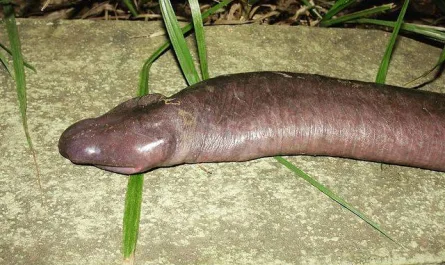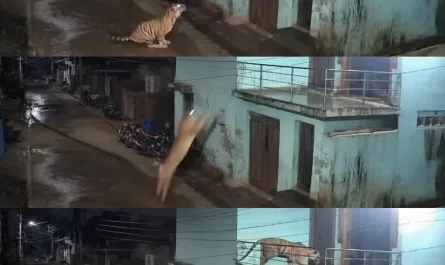A big one discovers a pig with a human aspect under your head: the anguish that already leaves everyone without words
In a quiet rural village in Spain, what started as an ordinary day for farmer Manuel López turned into an extraordinary event that has left scientists, journalists, and locals baffled. While inspecting his cornfield, Manuel stumbled upon a bizarre discovery that quickly became the talk of the town—a pig with strikingly human-like features.
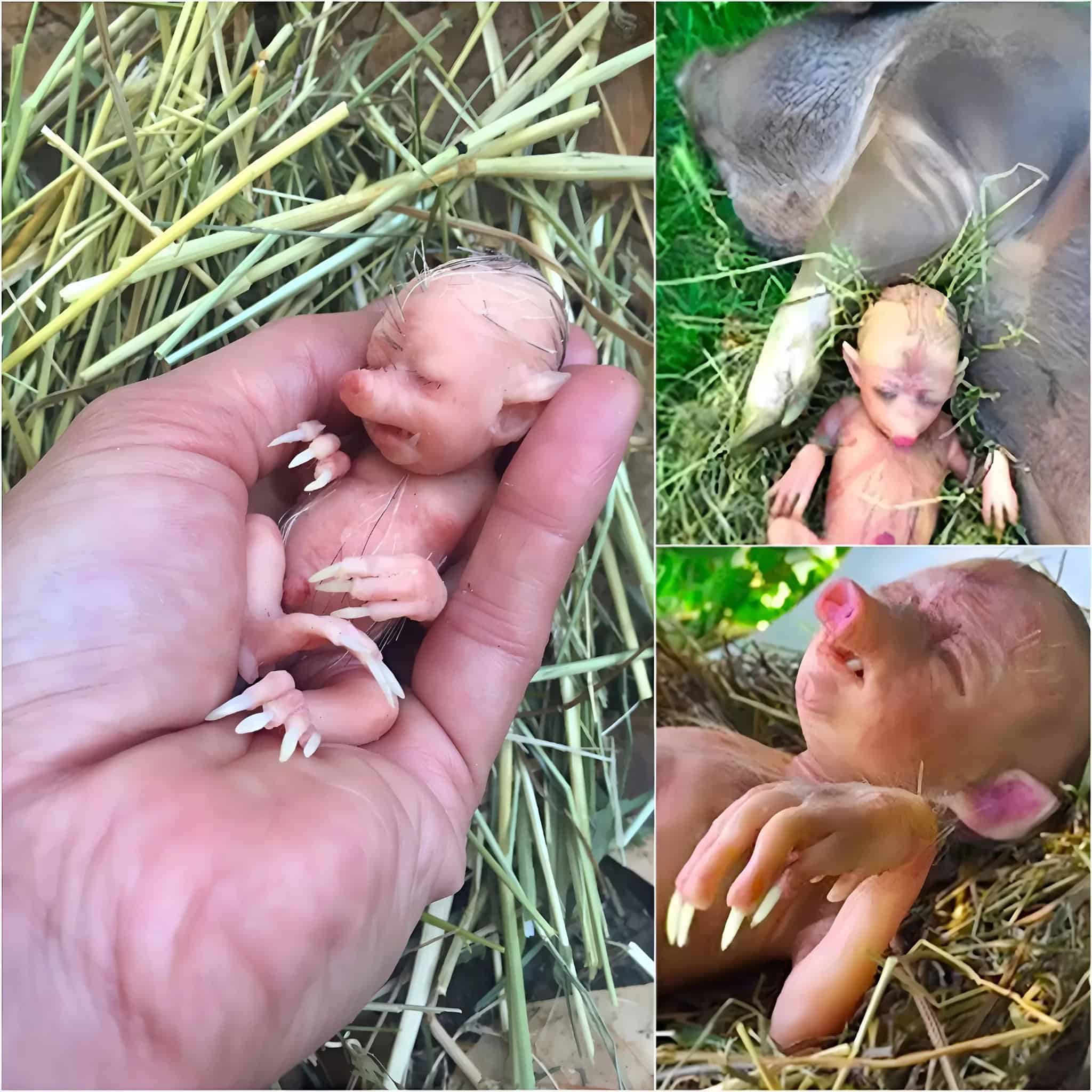
It all began when Manuel set out for his daily routine on the farm. As he reached one of the most isolated parts of his cornfield, he heard unusual noises coming from beneath the soil. Intrigued, he began digging and was shocked to uncover a living creature—not just any pig, but one with unsettling human characteristics.
“At first, I thought it was just an animal stuck in the dirt, but when I got a closer look, I was left speechless,” Manuel recalled. The pig had abnormally large eyes, a nose that resembled a small human-like protrusion, and an eerie expression that many described as disturbingly human.
Wanting answers, Manuel took the strange creature to the local veterinarian. News of the discovery spread rapidly, drawing crowds of curious villagers eager to catch a glimpse of the peculiar pig.
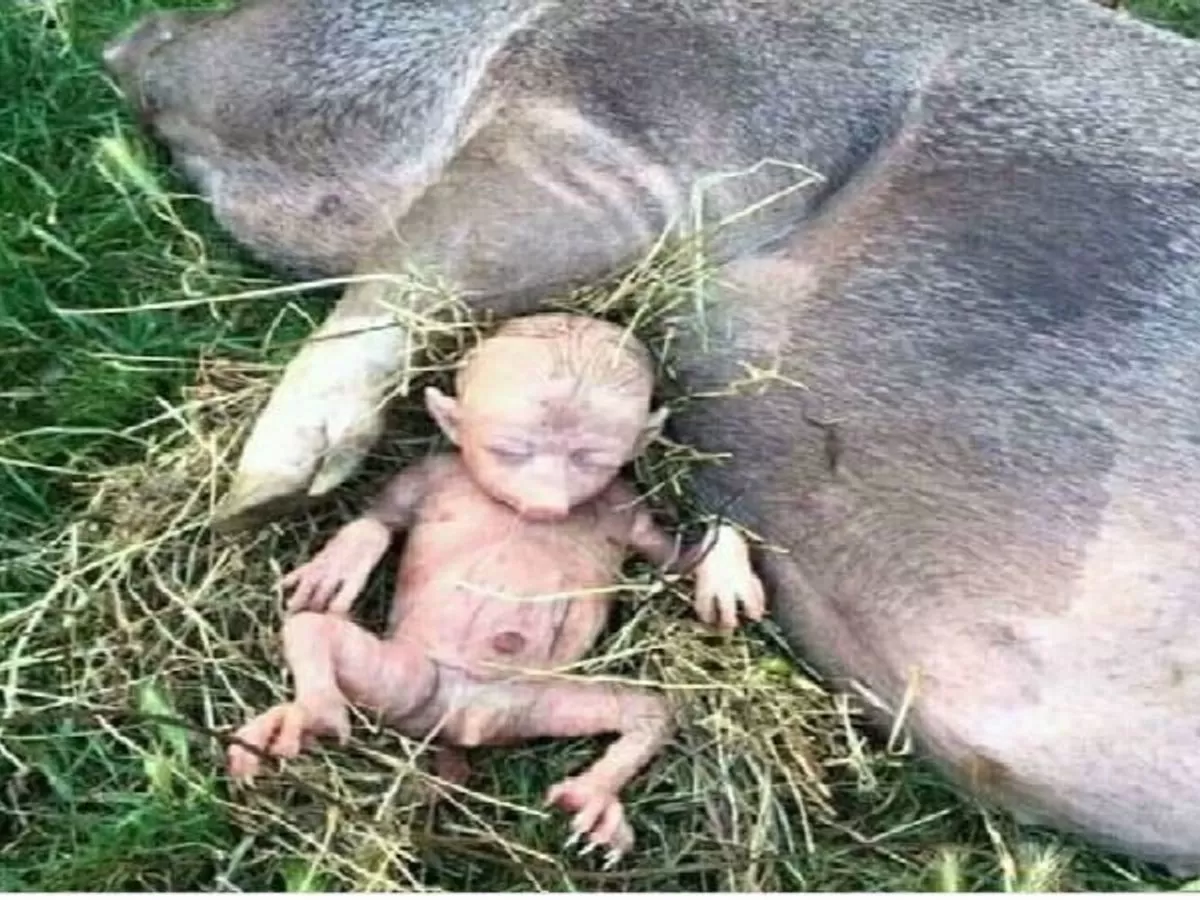
Dr. Ana Rodríguez, the veterinarian who examined the animal, admitted she had never seen anything like it. “It could be a rare genetic mutation or even the result of deliberate genetic modification. More tests are needed to determine what exactly caused this anomaly,” she explained.
Experts studying the creature have proposed multiple theories. One possibility is that the pig was born with a rare genetic mutation, possibly triggered by environmental factors or chemical exposure. Another, more controversial theory suggests that the creature may be the result of clandestine genetic experiments conducted in the region.
Professor Marta Jiménez, a specialist in animal genetics, weighed in: “Such abnormalities are extremely rare but not unheard of. In some cases, exposure to certain toxins or uncontrolled breeding can lead to deformities that mimic human features.”
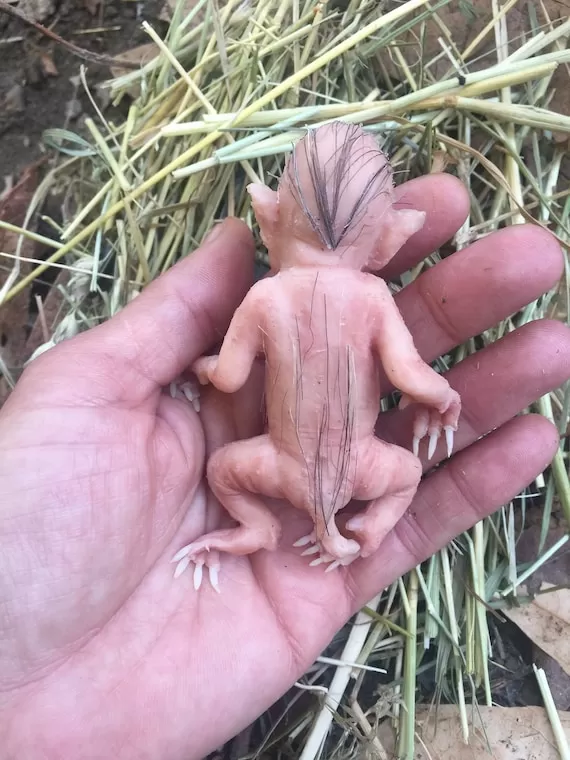
Following the discovery, the once-sleepy village transformed into a hub of media frenzy. Journalists from across the country arrived to report on the strange find, while images of the pig—nicknamed “Humancito” by locals—flooded social media, sparking both fascination and concern.
Initially overwhelmed by the sudden attention, Manuel admitted, “I never sought fame or controversy. I just wanted to understand what was happening on my land.”
While some villagers view the discovery as a bad omen, recalling old legends about hybrid creatures, others see it as an opportunity to boost tourism and revitalize the local economy.
Humancito has since been placed under the care of an animal welfare center, where scientists continue to study its condition. Despite its unusual appearance, early examinations suggest that its internal organs are fully functional, just like those of any other pig.
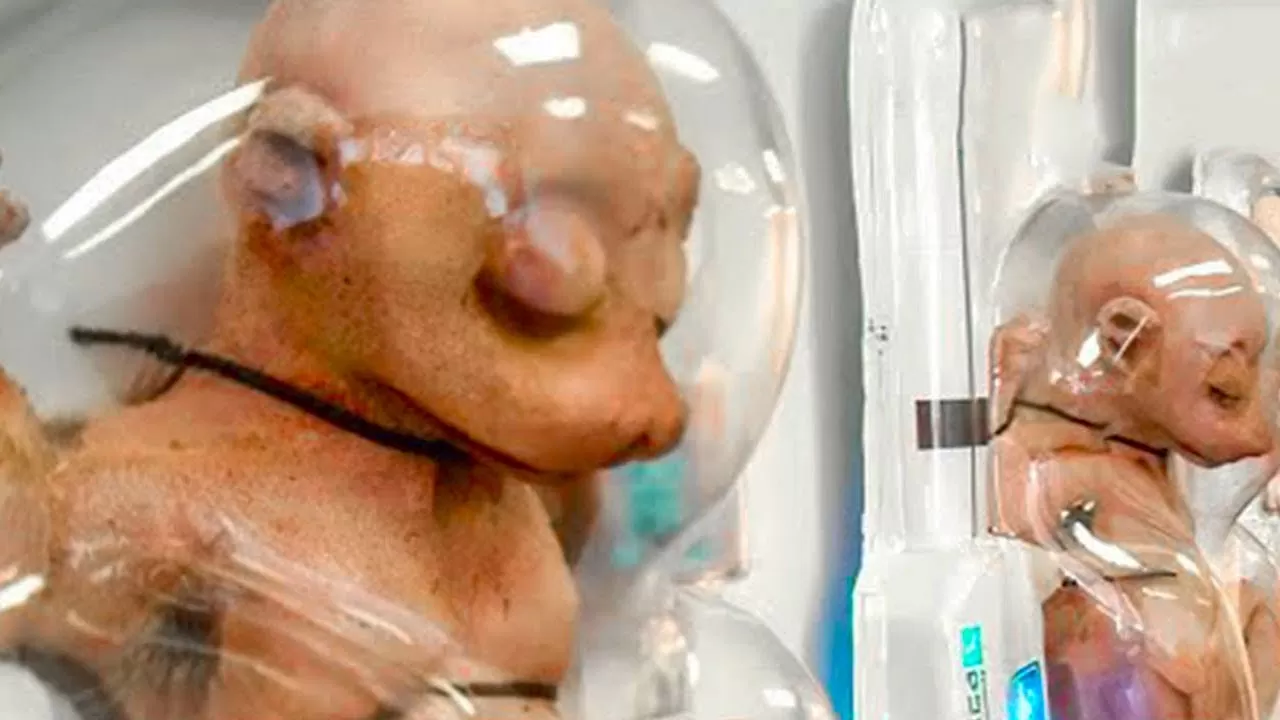
Meanwhile, authorities have launched an investigation to determine whether the case is linked to illegal genetic manipulation practices.
The discovery of Humancito raises profound questions about the boundaries of science and the consequences of human intervention in nature. Is this a glimpse into the future of genetic experimentation, or simply an extraordinary quirk of nature?
As the investigation unfolds, the world remains captivated by this mysterious case, eagerly awaiting answers.

